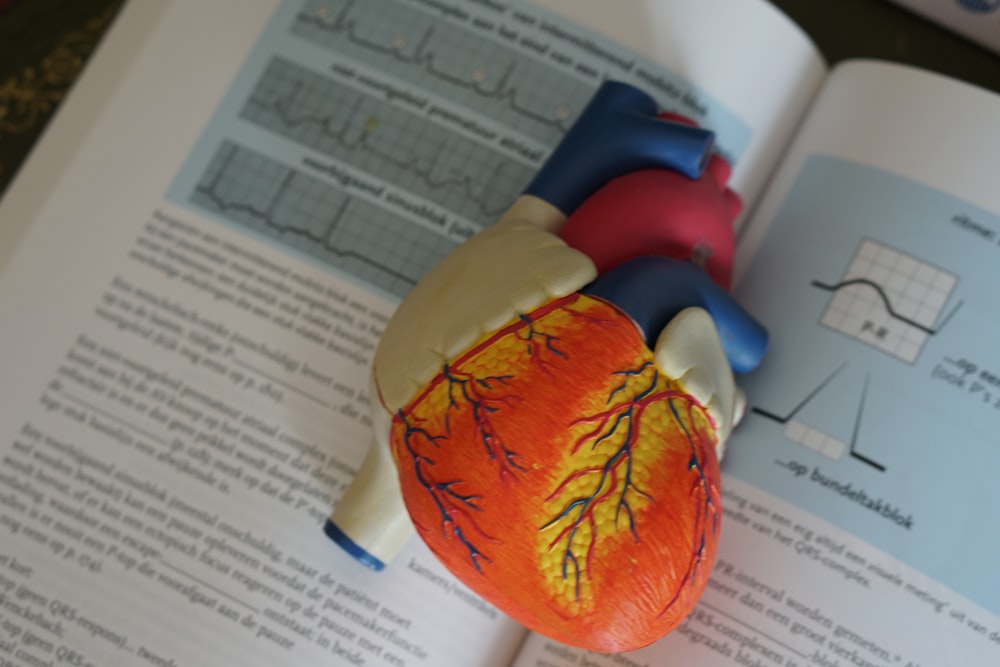
Although it is common for people to have excess belly fat, few are aware of the health risks. Excess belly fat is dangerous for your health, so even if you don’t subscribe to the media standards of beauty, you should still be concerned about having too much belly fat.
In other words, it’s not just about how your body looks. Excess belly fat needs to be addressed, for the good of your short-term, long-term, and preventative health. In this article, we’ll discuss how you can tell if you have too much belly fat, what to do about it, and we’ll do an overview of the health risks associated with excess belly fat.
Whether you call it your “spare tire”, your “beer belly” or your “muffin top”, excess fat around the midsection could pose serious health threats.
How Can You Tell If You Have Excess Belly Fat?

How can you tell if you have too much belly fat or a dangerous amount of it? Andrea Angioli, a Registered Kinesiologist, Certified Personal Trainer and co-founder of Everyday Athletes Gym explains how a person could know if they have a potentially unhealthy amount of belly fat. Angioli states, “The most reliable measurement of body fat would be to do an MRI scan but those scans are expensive, and inaccessible to most people. Most practitioners will therefore use a waist-to-hip ratio or just simply a waist measurement.
The chance of suffering a heart attack or stroke increases steadily as a man’s ratio rises above 0.95; for women, risk begins to rise above 0.85. For the waist measurements, the risk is high for men at anywhere over 40 inches. Women should be concerned if they measure over 36 inches. Moderate risk is 37-39 inches for men and 31-34 inches for women. Low risk for men is under 37 inches and for women, they’re at low risk if they’re under 31.5 inches.”
Indications that you might have excess belly fat that needs to be addressed therefore include a protruding belly and a waist measurement that’s over 36 inches for women, or over 40 inches for men. Abdominal obesity can also be determined by measuring the waist-to-hip ratio, which is the circumference of your waist divided by the circumference of your hips. If this number is greater than 0.8 for men or 0.9 for women, then it means there’s an increased risk of heart disease and diabetes associated with excess belly fat.
What Does Excess Visceral Fat Do to Your Organs?
Too much belly fat around your organs can be dangerous. the fat can disrupt organ function and create problems with the circulatory system, which could lead to a heart attack or stroke.
Excess belly fat is visceral fat that gathers around your abdominal organs. To understand more about this, let’s discuss visceral fat.
What is Visceral Fat?
Subcutaneous fat is mostly harmless. That deeper belly fat, however, can be dangerous. It’s this visceral fat that accumulates around abdominal organs and can encase your internal organs.
Visceral fat is basically the fat that you can’t see, but it builds up around various organs in the body. Visceral fat is the most dangerous type of body fat around our abdomen because it collects around organs such as the liver, pancreas and intestines. This is one of the reasons why excess belly fat can be so dangerous.
Health Risks Associated with Excess Belly Fat

Excess belly fat has been linked with various health conditions and health risks including:
- Heart disease
- High blood pressure
- Increased likelihood of heart attack
- Certain cancers such as colon cancer and pancreatic cancer
- Diabetes
- Decreased lung function
- Decreased mobility and range-of-motion
These are only some of the health risks associated with having too much belly fat. You might notice you have trouble breathing sometimes, or you have mobility issues. That should be enough of a reason to address the problem. If that’s not motivation enough, just remember you’re at higher risk of developing certain cardiovascular conditions, diseases and cancers if you ignore your excess belly fat for too long.
Visceral Fat is Metabolically Active
Visceral fat is also called active fat. Belly fat is metabolically active. What does this mean, when your fat is active fat? It means that it secretes inflammatory cytokines and hormones like leptin, which contribute to inflammation. The hormones and chemicals produced by abdominal fat that is ‘active fat’ can be detrimental to your health.
What Causes Excess Belly Fat?

If you’re a normal weight, but you have excess belly fat, you might be wondering what’s causing your protruding belly. It could be stress or an unhealthy lifestyle – and this could lead to heart disease, diabetes and more.
There are several factors that can lead to excess abdominal weight. Eating too many calories per day while not getting enough physical activity; poor eating habits such as snacking on processed foods or drinking sugary drinks throughout the day; excess alcohol consumption; too much stress in your life; not enough high-quality sleep.
What to Do about Excess Visceral Fat
Kinesiologist and Certified Personal Trainer Andrea Angioli explains, “Since you can still have dangerous belly fat without being overweight, the best way to decrease overall body fat percentage is with a good balance of a healthy diet and consistent exercise. The diet should consist of plenty of soluble fibre (~30g/day), avoid trans fats, limit alcohol consumption, include an adequate amount of protein in your diet (1g/lb of lbw), limit sugar intake, and replace refined carbohydrates with starchy carbs.”
Some easy ways to reduce your sugar intake include watching what you drink and being mindful of those liquid calories. Reduce alcohol consumption along with limiting your consumption of fruit juices and sugary sodas.
Try to walk for at least 30 – 60 minutes every day. In addition to this, 3 – 4 times per week you should try doing an exercise class, personal training session or gym session.
Are there any other ways to reduce belly fat, other than through diet and exercise? What about managing stress, reducing cortisol, and improving sleep habits? Angioli confirms, “You can also help reduce belly fat by reducing stress in your life and by getting an adequate amount of sleep, at least 7-8 hours per night.”
What If Your Visceral Fat Is so Stubborn, Diet and Exercise Is Not Working?

What should you do if you’re dieting and exercising, but your belly fat is so stubborn, you can’t get rid of it? Remember that belly fat is one of the most stubborn formulations of fat on the body. It will take time (even with consistent diet and exercise) before you’ll see results. You might not see visible results around your belly for a long time, but that shouldn’t discourage you from continuing to stick to your healthier diet and exercise routine.
If it’s been months of consistently eating better and being more active, the best thing to do is get your body checked out by a doctor, so you can figure out what’s going on. You can talk to a nutritionist about what you might be doing wrong in your diet, but your diet and exercise routine may not be enough to address the root of the problem. Your doctor can perform other tests to see what’s going on, but they likely won’t order these tests until you’ve tried the healthier lifestyle changes. It’s possible your doctor or naturopath will run tests that show that your belly fat is due to food sensitivities.
Food Sensitivities and Belly Fat
Can food intolerances and food sensitivities cause belly fat? Are certain foods going to make your belly fat worse? We know that stress is one of the main causes of belly fat, but what about your diet? What if you’re eating certain foods you didn’t know you were sensitive to or you weren’t aware of food intolerance, and eating that food has been causing your bigger belly?
Eating healthy is not always the answer. Tomatoes are healthy, but you could have a food sensitivity to them. The best thing to do is get your blood tests done by a naturopath to see what foods you’re sensitive to.
Another thing you can do is check your personalized “food sensitivities” reports from the diet and nutrition section of your CircleDNA test.
Is Visceral Fat Genetic? Did I Get My Excess Belly Fat from My Parents?

Is belly fat genetic, and passed down from your parents? If one or both of your parents had an unhealthy waist-to-hip ratio or excess belly fat, this health problem could be genetic.
You’re not completely at the mercy of your genes, however. You may be predisposed to storing fat around the belly, or you’re genetically more likely to have a larger waist circumference, but you can change that with diet and exercise. You can fight your genes, you’ll just have to work harder if it’s in your genetics to have excess belly fat or obesity risks. If you’re curious what your DNA says about your likelihood of struggling with belly fat or wondering what your food sensitivities and optimal diet types are based on your DNA, order your CircleDNA Premium Health Kit here.







Comments are closed.